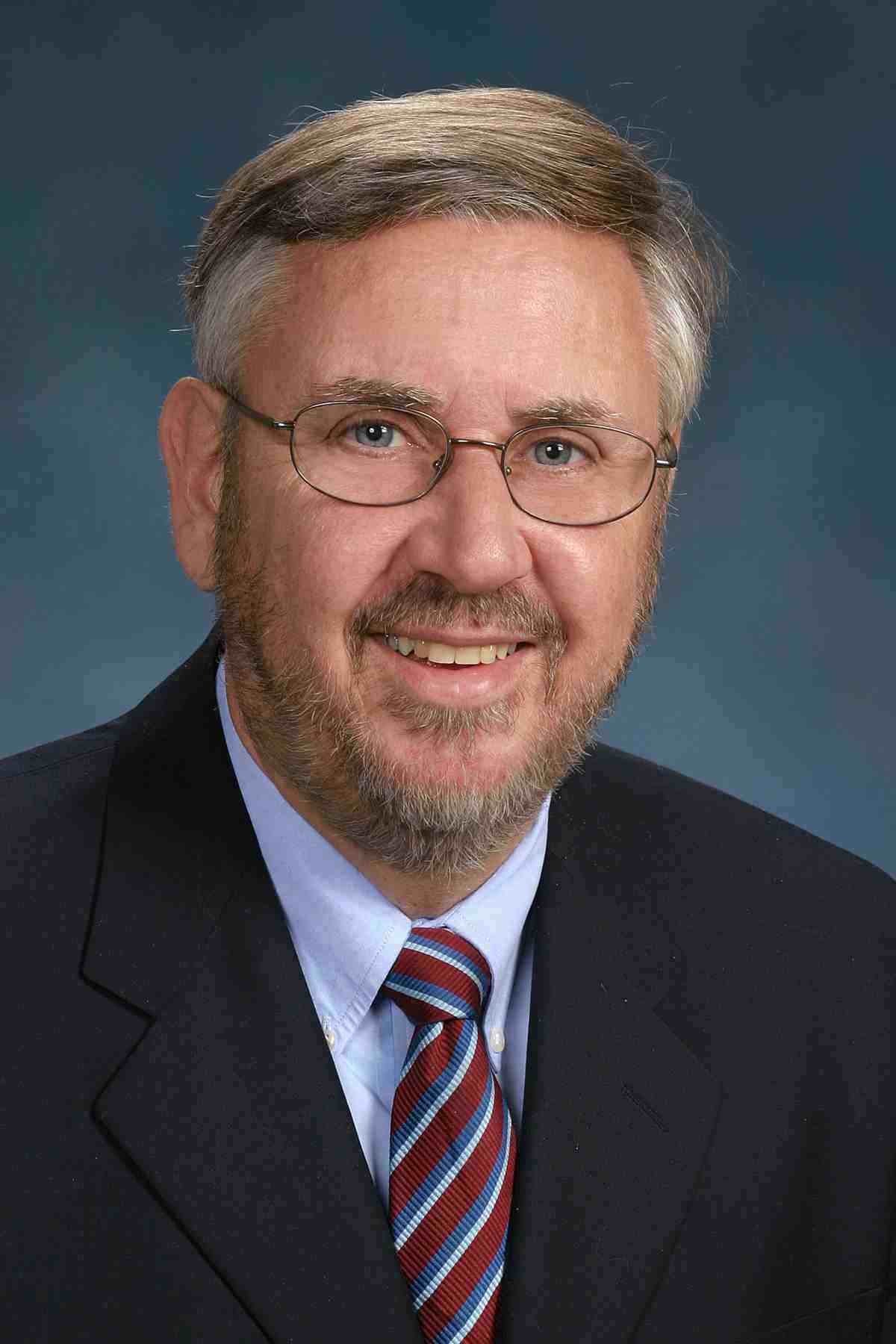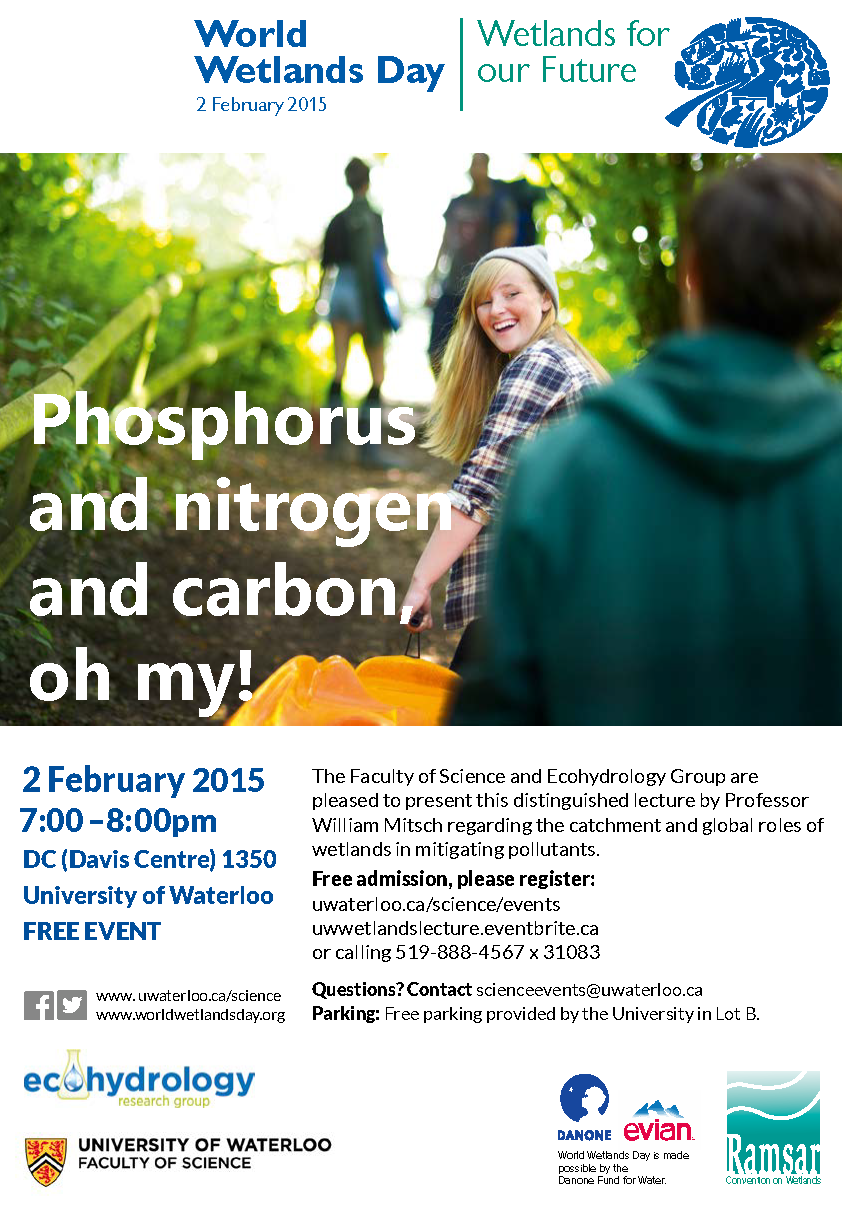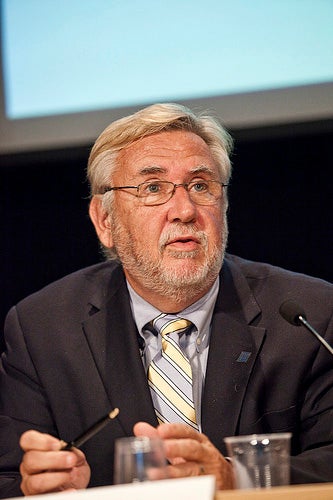
“Phosphorus and nitrogen and carbon, oh my! The catchment and global roles of wetlands in mitigating these pollutants”
 Abstract
Abstract

The big three of biologically necessary elements—phosphorus, nitrogen, and carbon—are now considered pollutants because we have transformed these elements from the lithosphere and atmosphere to our biosphere and back to our atmosphere in far too high concentrations and amounts, beginning with the industrial and "green" revolutions. Wetlands, both freshwater and coastal, are linchpins in these three chemical cycles but, more importantly, wetlands can be restored and created to mitigate phosphorus pollution of our ponds, lakes and oligotrophic wetlands, nitrogen pollution to our coastal areas, and greenhouse gas carbon dioxide in our atmosphere. Examples will be discussed where wetlands can or should be used for phosphorus and nitrogen pollution in the Florida Everglades, Laurentian Great Lakes (especially Lake Erie harmful algal blooms (HAB)), the Mississippi-Ohio-Missouri River Catchment (to protect the Gulf of Mexico). Examples of newly published carbon budgets of the world will be presented that emphasize the role of wetlands in both mitigating and creating greenhouse gases (GHG) in our atmosphere.
 About
Professor
William
Mitsch
About
Professor
William
Mitsch

Professor Mitsch is best known for pioneering the field of ecological engineering. He has authored more than 400 academic publications and 16 books, including Wetlands, a standard textbook in undergraduate ecology courses. In addition to being a Stockholm Water Prize Laureate, Professor Mitsch is also a Fulbright Laureate.
The evening lecture follows the World Wetlands Day afternoon symposium and poster session.